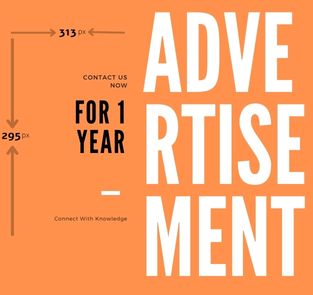Skyrocketing air travel demand around Diwali is a time of frenzy for the airlines sector, but as the demand comes close to exceeding capacity on certain routes, the revenue management teams of full-service carriers are faced with an unusual phenomenon — fares of economy class tickets turning costlier than business class tickets or premium economy tickets.
A quick ticket search on airline websites for some of the non-trunk routes showed the following: For travel on October 26 (two days after Diwali), the cheapest economy fare on Air India’s Ahmedabad–Delhi flight departing at 7.30 am cost Rs 24,666, while the cheapest business class fare was nearly Rs 5,000 cheaper at Rs 19,748. Similarly, for October 21, two of Air India’s Pune-Delhi flights, departing at 6.50 pm and 9.55 pm, had economy fares priced at Rs 27,647 and business class at Rs 24,808.
Tata Group-Singapore Airlines joint-venture airline Vistara also showed a similar trend on premium economy tickets. The airline’s Pune-Delhi flight for October 22, departing at 5.30 am, had ‘economy standard’ fare priced at Rs 20,329, while its ‘premium economy value’ fare on the same flight was priced at Rs 19,398.
On Bhubaneswar-Delhi flight operated by Air India on October 21, scheduled for departure at 9.30 pm, the economy fare was priced at Rs 27,662, while the business class fare was available for Rs 20,555.
On October 22, two of Vistara’s Bhubaneswar-Delhi flights, departing at 1 pm and 8.30 pm, had the cheapest economy fares available at Rs 12,994 while the cheapest premium economy fares were priced at Rs 12,693.
Explaining a possible reason behind this phenomenon, an executive at a Dubai-based airline told The Indian Express that this could be due to how airlines define their Reservation Booking Designators (RBD), or fare buckets.
“Each bucket has a defined place on the fare ladder, and a limited number of seats assigned to it. Once a bucket on the lower level of the ladder fills up, the algorithm climbs one step and the fares become more expensive. In this case, fares in only the highest fare bucket might be remaining in economy class given the demand, whereas business class fares would be from the buckets lower down,” said the executive.
“We have systems in place that put a surcharge on the fare based on pre-defined conditions such as if the departure is less than a certain number of days away, and the flight is 99 per cent booked, put a 20 per cent surcharge on whatever is the filed fare. Maybe this rule kicks in sometimes, and makes the economy fare costlier than business fare. To ensure this doesn’t happen, some airlines have network-wide rules that look at business class vs economy fares and if there’s a fare inversion, a differential amount added on the business class fare,” the executive said.
The October-December quarter is typically the best performing period for airlines with festivals and holidays causing a rush for air travel. “We are witnessing a surge in positive consumer sentiment and this is driving our demand for the upcoming Diwali period by 50-60% as compared to last year. Understandably there is a considerable surge in airfares to high-load domestic destinations compared to pre-cap removal; also supply constraints for international destinations,” said Indiver Rastogi, President & Group Head, Global Business Travel, Thomas Cook (India) and SOTC Travel.
“Airfares to popular routes from various hubs like Mumbai, Pune, Delhi and Bengaluru are witnessing an uptick during the upcoming Diwali period versus the previous year. We have seen an increase of 50-60% for Andaman, Himachal and Kashmir, 50% for Goa and Kerala. Metros like Mumbai, Delhi, Bengaluru, etc. are also witnessing surge pricing of 25-30% versus last year as India’s migrant working professionals are travelling back to their hometown to celebrate Diwali with their families,” he said.





